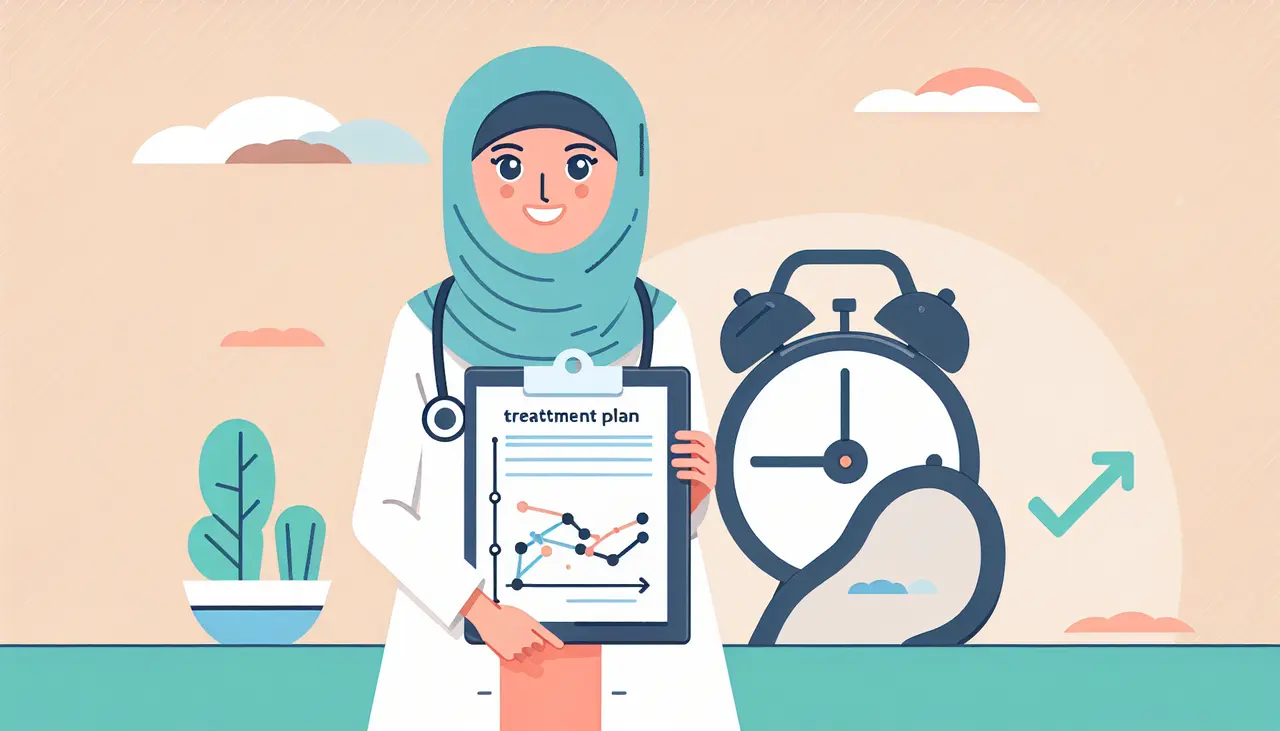GLP treatments, or glucagon-like peptide-1 therapies, have become a popular solution for various health conditions. But are they safe for long-term use? In this FAQ, we’ll explore the safety and effectiveness of these treatments over an extended period.

Table of Contents
ToggleWhat are GLP Treatments?
GLP treatments are medications that mimic the effects of the glucagon-like peptide-1 hormone in the body, often used to treat diabetes and obesity. By understanding these treatments, patients can better grasp how they can benefit from their use.
These therapies work primarily by addressing the body’s insulin response and are particularly crucial for those struggling with type 2 diabetes. This condition affects how the body metabolizes sugar, making effective treatment vital.
Another potential benefit of GLP treatments is their ability to assist in weight loss. By encouraging the body to react differently to sugar, these treatments provide dual benefits for both blood sugar levels and weight control.
How Do GLP Treatments Work?
They work by enhancing insulin secretion, inhibiting glucagon release, and slowing gastric emptying to help control blood sugar and aid weight loss. This multi-faceted approach makes GLP treatments an attractive option for those struggling with multiple health issues.
The main function of GLP-1 is to stimulate insulin secretion in response to eating, which helps keep blood sugar levels stable. By understanding this process, patients might appreciate how these treatments can become a crucial part of managing long-term health.
Interestingly, GLP treatments also impact appetite. By altering the pace at which the stomach empties, these treatments can make individuals feel fuller longer, further assisting with weight control efforts.
Are There Any Side Effects?
Common side effects include nausea, vomiting, and diarrhea. Long-term side effects can vary and should be discussed with a healthcare provider to ensure the benefits outweigh any potential drawbacks.
While side effects like nausea are often temporary, understanding the specific reactions each individual may face is important. Discussions with healthcare providers should cover any unusual symptoms to tailor the treatment effectively.
Some patients have reported more severe reactions, but these are not typical. Having regular check-ups allows for the monitoring of any potentially serious side effects and adjusting treatment accordingly.
What Do Studies Say About Long-Term Safety?
Current studies suggest that GLP treatments are generally safe long-term, but ongoing research is crucial for understanding their full impact. Longitudinal studies provide insights into their continued effectiveness and safety.
Research continues to support the notion that GLP therapies improve health outcomes significantly over time. Clinical trials have shown a reduction in complications related to chronic illnesses, bolstering confidence in long-term use.
As research evolves, new insights about potential benefits and risks are revealed. Staying informed with the latest studies helps both patients and providers make well-rounded decisions.
Who Should Consider GLP Treatments?
Individuals with type 2 diabetes or obesity might consider GLP treatments after consulting their healthcare provider for personalized advice. Each individual’s circumstances should guide the decision-making process.
These treatments could be particularly beneficial for those who have had difficulty managing their blood sugar levels through diet and exercise alone. Patients should weigh the options and consider GLP treatments as an adjunct therapy option.
Investing time in a comprehensive consultation ensures that GLP treatments are aligned with one’s overall health objectives. Discussions with doctors should encompass all treatment considerations and available options.
What Should Patients Discuss with Their Doctors?
Patients should discuss their medical history, potential benefits, risks, and long-term plans for monitoring and adjusting treatment. Open dialogue fosters a collaborative environment where needs and treatments align.
Doctors will consider an array of factors including current health status, lifestyle, and treatment goals. By preparing questions in advance, patients can ensure thorough discussions during appointments.
Regular follow-ups are key to successful long-term management. Establishing routines for evaluation helps adapt and evolve treatment strategies to best suit the patient’s changing health conditions.
Summing Up: GLP Treatments and Long-Term Safety
While GLP treatments present a promising option for managing certain health conditions, it is important to consider potential side effects and consult healthcare providers for personalized advice. With ongoing monitoring and research, GLP treatments can be a safe long-term solution for many individuals. For more information, visit our homepage.
